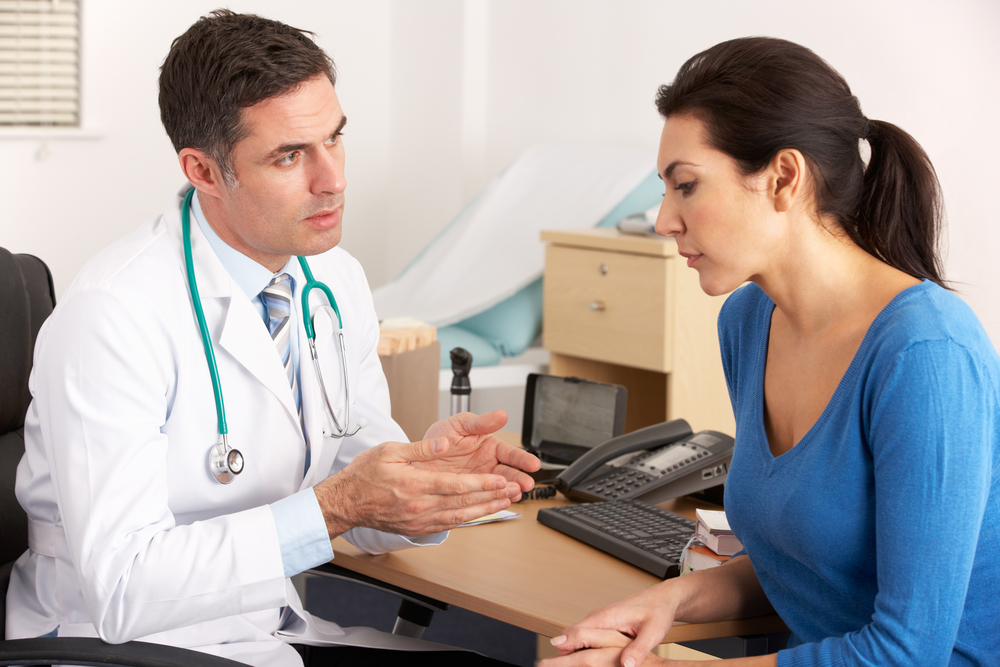
According to the National Survey on Drug Use and Health, approximately 1.6 million people in the United States misuse opioids. This class of drugs, sometimes called narcotics, includes strong prescription pain relievers such as oxycodone, hydrocodone, fentanyl, and illegal street drugs like heroin. All kinds of opioids play a part in the serious problem of opioid addiction and misuse.
Opioid use disorder remains a wide scale issue, as it has reached epidemic levels in the U.S. and worldwide. Three million Americans and sixteen million individuals across the globe have had or currently suffer from opioid use disorder (OUD). There are more than 500,000 addicted to heroin in the U.S. and over 150 people die every day from overdoses related to synthetic opioids like fentanyl.
Unfortunately, overdose deaths from opioids are on the rise, as preliminary data from 2021 showed a 35% increase in deaths from 2020. To help aid those who battle OUD’s and, understanding the opioid use disorder criteria can lead to a diagnosis and treatment.
How Is Opioid Use Disorder Diagnosed?
Opioid use disorder includes behaviors and symptoms that reflect a compulsive, prolonged self-administration of opioid substances without legitimate medical purposes, or taking opioids in doses that greatly exceed medically prescribed amounts. Those with an OUD often plan around their daily activities in order to obtain and administer opioids. Diagnosis of an opioid use disorder by a doctor requires a thorough evaluation and may include urine drug testing and a prescription drug monitoring program (PDMP).
In order to confirm an OUD, opioid use disorder criteria set forth from The Diagnostic and Statistical Manual of Mental Health, fifth edition (DSM-5), must be met.
The Diagnostic Criteria for Opioid Use Disorder
According to the DSM-5, opioid use disorder is a problematic pattern of opioid use leading to clinically significant impairment or distress, as manifested by at least two of the following criteria, occurring within a 12-month period:
- Opioids are often taken in large amounts or over a longer period than was intended.
- There is a strong desire or unsuccessful efforts to cut down or control opioid use.
- A great deal of time is spent in activities necessary to obtain the opioids, use the drugs, or recover from its effects.
- Craving, or a strong desire or urge to use opioids.
- Recurrent opioid use resulting in a failure to fulfill major role obligations at work, school, or home.
- Continued opioid use despite having continued or recurrent social or relationship problems caused or made worse by the effects of opioids.
- Important social, occupational, or recreational activities are given up or reduced because of opioid use.
- Recurrent opioid use in situations in which it is physically hazardous.
- Continued opioid use despite knowledge of having an intense, recurring physical or psychological problem that is likely to have been caused or made worse by the substance.
- Tolerance, as defined by either of the following: A need for markedly increased amounts of opioids to achieve high or desired effect; or markedly lessened effect with continued use of the same amount of an opioid.
- Withdrawal, as manifested by either of the following: The characteristic opioid withdrawal syndrome; or opioids (or a closely related substance) are taken to relieve or avoid withdrawal symptoms.
How is Opioid Use Disorder Treated After A Diagnosis?
Effective treatment for opioid use disorder involves evidence-based treatments, like medication-assisted therapy (MAT). A MAT program is a comprehensive way to address individual needs with the assistance of medications including methadone, buprenorphine, or naltrexone. Counseling and behavioral therapies are also essential in treating opioid addiction.
Meridian Advanced Psychiatry Is Here To Help
Meridian Advanced Psychiatry is dedicated to your treatment so you can live a fulfilling and prosperous life. If you or a loved one are experiencing the signs and symptoms of opioid use disorder, our experienced team and tailored programs are waiting to help.
Contact us or call us at (208) 515-CARE today!
